When Josie Girand talks about her early years, she remembers moving quietly through classrooms, feeling out of place in her own skin. Those years left her with a sense of introspection that would later shape her art. “I used to be really shy,” she says. “I felt like I was covered in grease… and I just felt crazy.” For Josie, drawing wasn’t a way to hide but a way to participate in the world. The pencil gave her a voice she could trust, one that didn’t waver or blush.
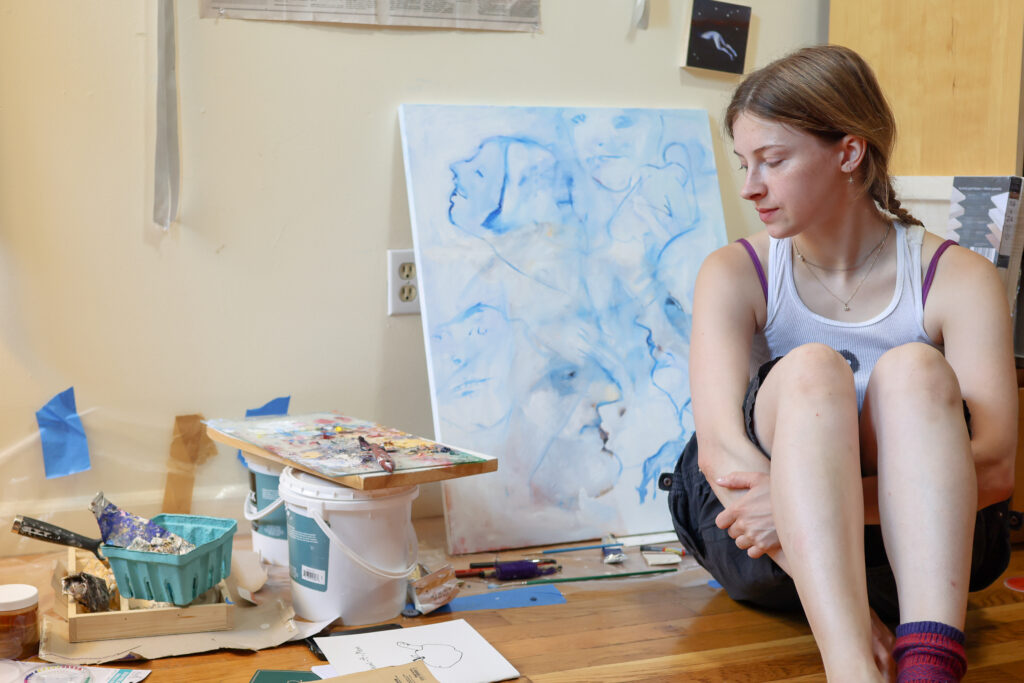
That early relationship with art didn’t feel like ambition or even practice. It felt natural, a daily rhythm. “I’ve always been drawing ever since I was a little kid,” she says. “It was my instinct. It was always something I could spend hours doing.” The page gave her confidence.
As she grew older, Josie started to realize that art didn’t just give her a private sense of self, it also gave her a way to connect with others. The act of showing her drawings and paintings became its own form of speaking. That balance between privacy and exposure still defines her practice. Her paintings are made with a generosity that leaves room for others to see themselves in them.
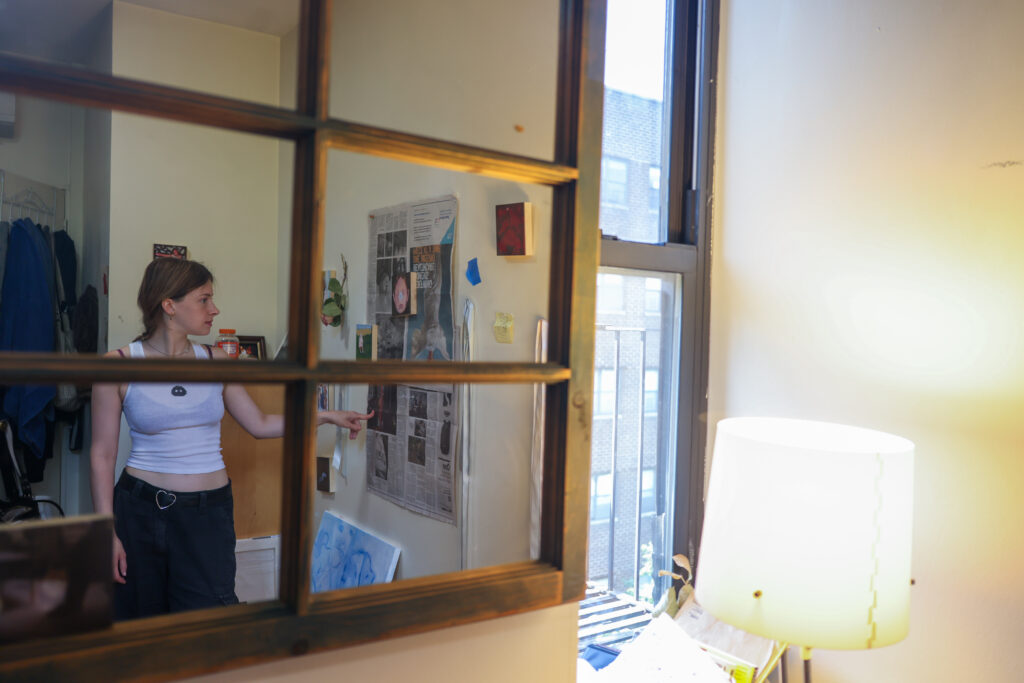
Much of Josie’s work circles back to memory, especially the strange tension of adolescence. She paints moments that are specific to her but familiar to anyone who’s ever felt awkward or uncertain of themselves. “I paint a lot about memory,” she explains. “The things you can’t really explain but you remember with your body. I think a lot about what it means to hold onto those moments, even if they’re uncomfortable.”
Her figures sometimes look playful, but underneath that lightness is a careful record of fragility. She doesn’t paint childhood or adolescence as pure nostalgia. Instead, she digs into the contradictions — how painful and funny, how lonely and absurd those years can be. That refusal to flatten her experience is part of what makes her work magnetic. She sees it as a part of herself that still lingers in her art, shaping her sensitivity, her feminine youth and her perspective. “I didn’t really feel comfortable with myself until much later,” she says. “But art was a way of making myself feel seen, even when I didn’t want to be seen by other people.” That paradox, gaining visibility while fearing it, has become a fuel for her practice.
She lights up when she recalls the first time she painted a portrait. After weeks of struggling through still lifes that felt flat and uninteresting to her, the shift was immediate. “I painted a portrait of my friend, and I was like, oh my god, this is so fun,” she remembers. What fascinated her wasn’t just the likeness, but the way skin held layers of light, shadow, and texture. “Just painting her skin, all the different colors in it, the shimmer, the softness- it was so satisfying. I realized you could do so much with texture.” For Josie, skin became more than a surface, it was alive with nuance and depth, something she could return to again and again without it ever feeling repetitive.
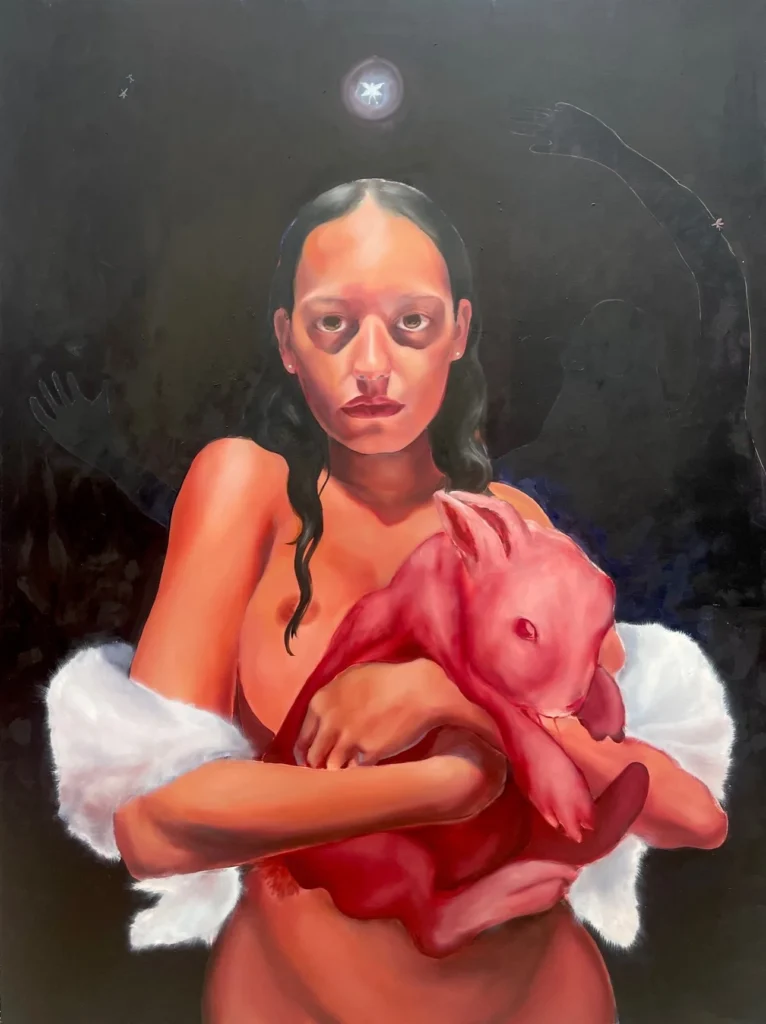
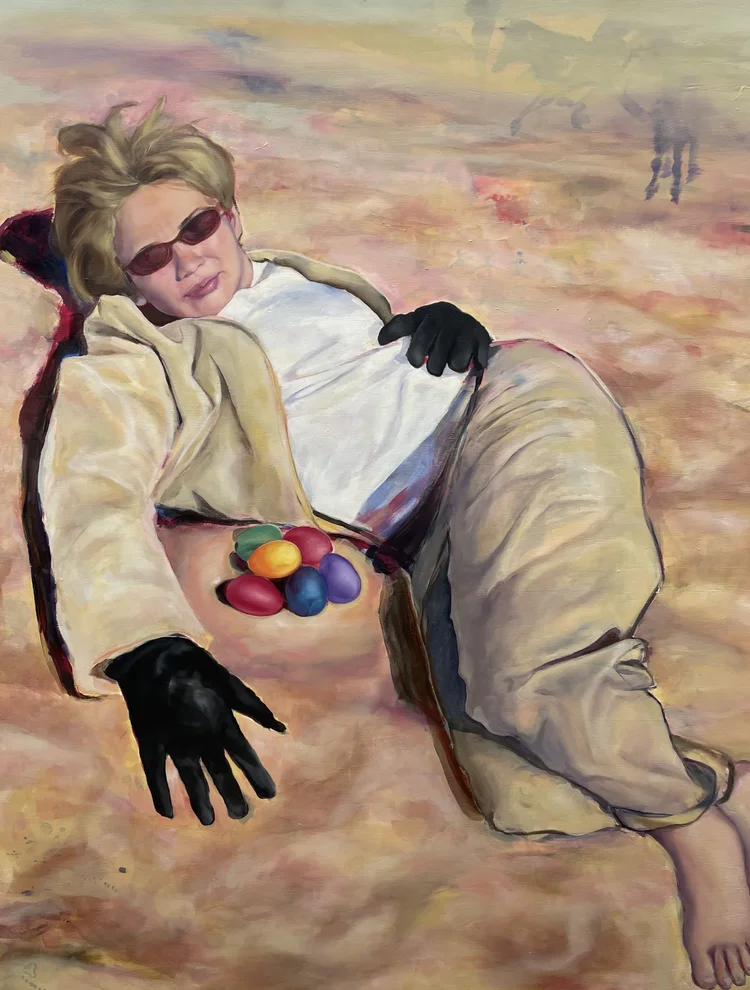
She shares stories with honesty and vulnerability, and that openness is mirrored in her paintings. They invite viewers into spaces that most people would rather forget, but she manages to do so with a sense of humor. “I like when it’s funny,” she says. “Even when it’s about something hard, there’s a part of me that wants to make it playful. I think that’s how I process things.”
Looking back at her most recent series, she admits that something surfaced in the work. “For a lot of people it became about female friendships, and also about the eroticism of female friendships,” she says. Only in retrospect did she recognize how the intimacy she felt toward her friends, moments of closeness, tenderness, and play had found its way onto the canvas. “I was painting all my female friends, and a lot of them do feel tinged sexually,” she reflects. What began as portraits of companionship took on a layered charge, where affection, vulnerability, and desire blur together, revealing how friendship itself can hold a quiet eroticism without needing to be named outright.
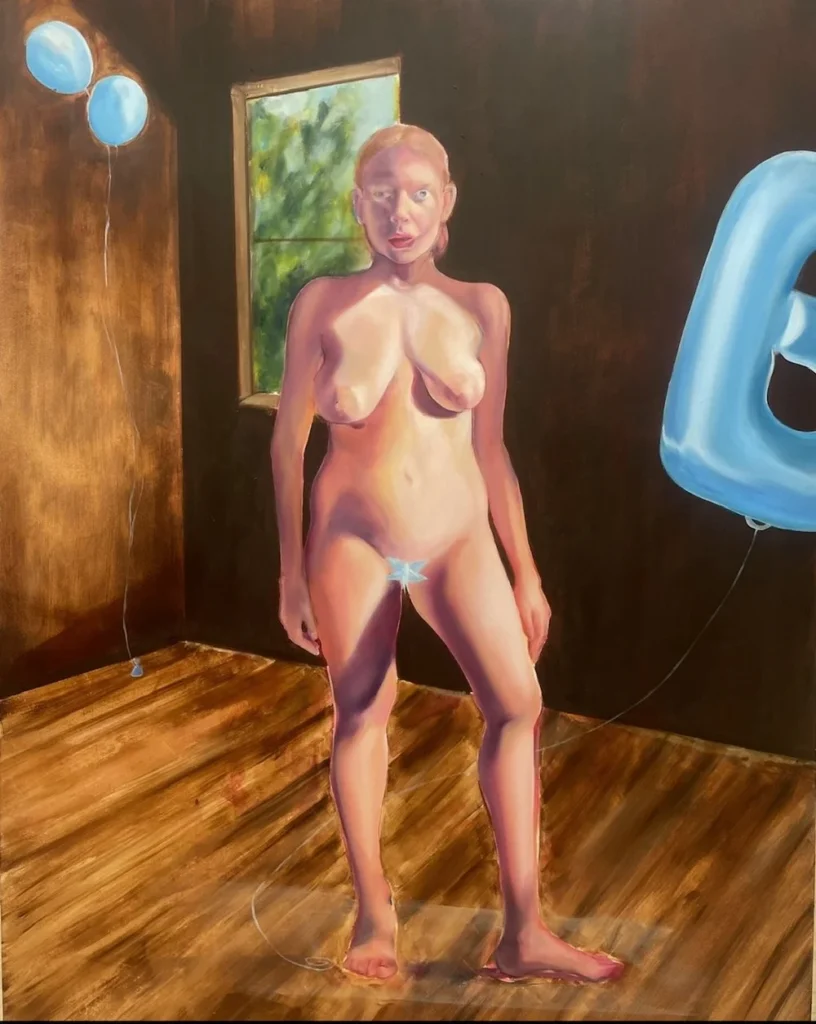
That humor doesn’t erase the seriousness of the work. If anything, it makes it more accessible. The bright colors and smooth gestures draw people in, but it’s the emotional weight behind them that keeps people looking. Josie’s paintings are generous in that way — they offer multiple entry points. You can enjoy them for their playfulness, or you can sit with the complicated feelings they hold underneath.
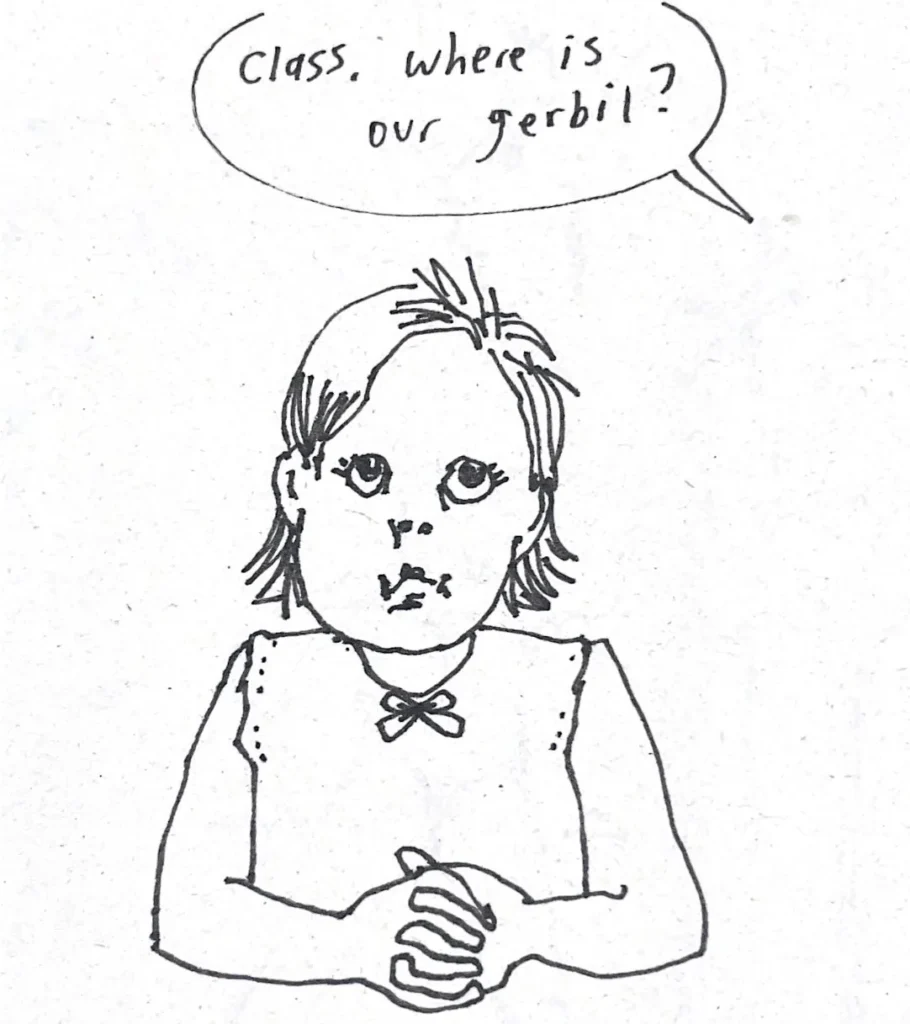
Josie’s cartoons have always been a space where she can experiment with humor, exaggeration, and storytelling in ways painting doesn’t always allow. “I’ve been drawing since I was a little kid, and cartooning has always been part of that,” she says. Her comics often draw on personal experiences and inner life, transforming awkward or difficult moments into whimsical narratives. “It’s given me a lot of material for comics and the ability to be alone for long periods, which helps with making paintings,” she reflects. Through her cartoons, she explores relationships, identity, and the absurdities of everyday life, creating small worlds that are as funny as they are revealing, offering a playful counterpart to the more intense emotional work in her paintings.
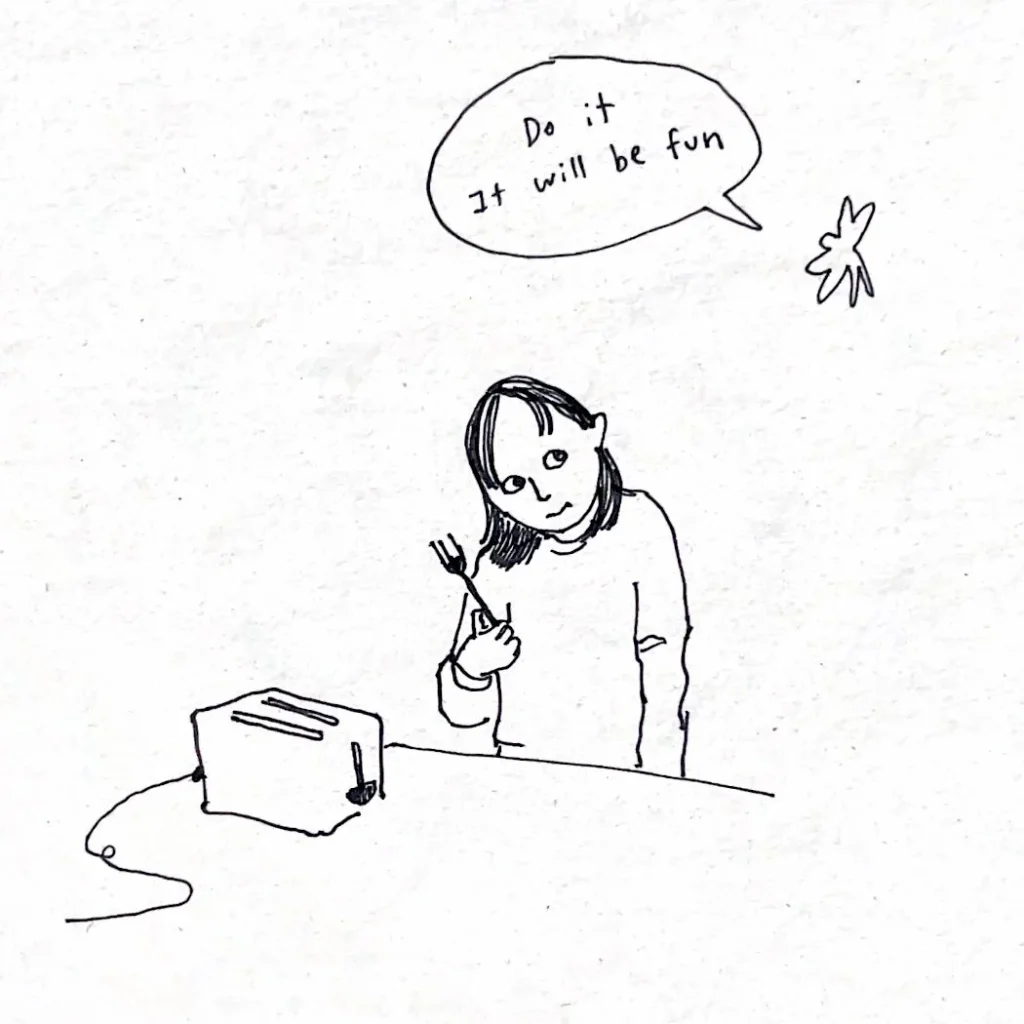
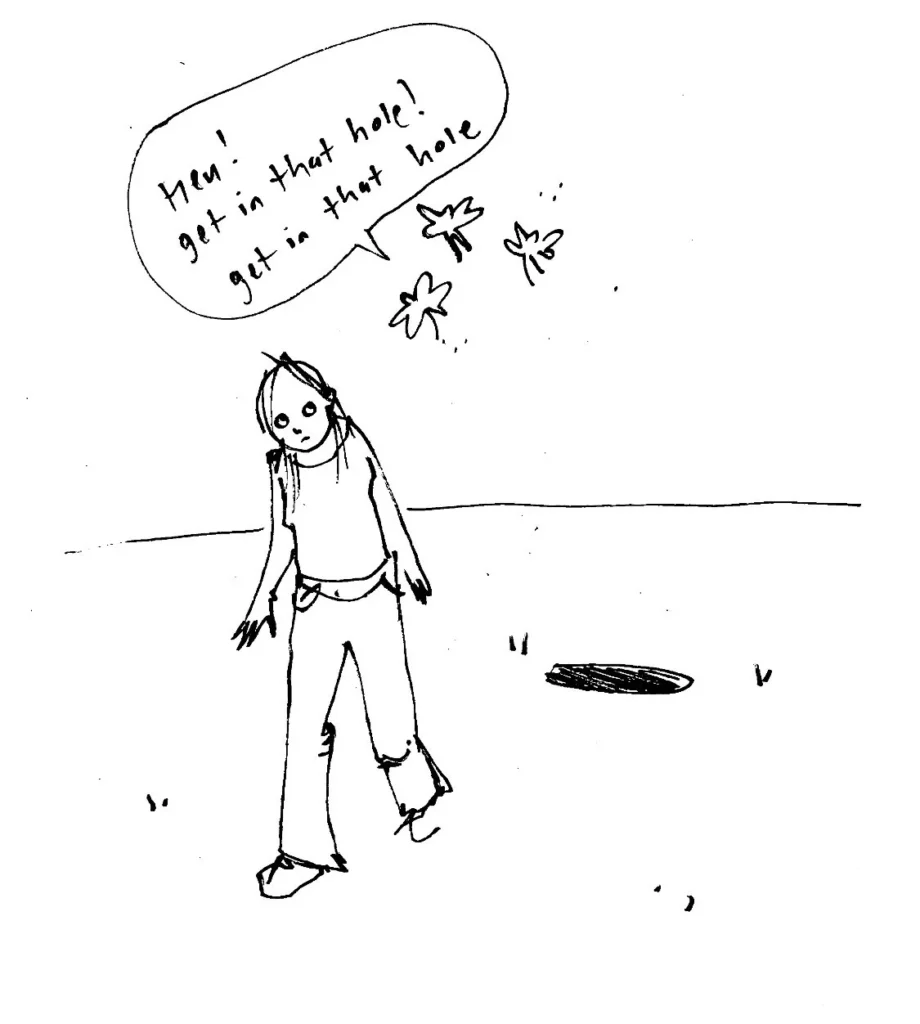
Her cartoons serve as both a testing ground and a personal archive, capturing fleeting thoughts and emotions. “A lot of my painting started as ideas in comics,” she explains, showing how the two practices feed each other. The loose, imaginative style of her cartoons allows her to exaggerate and explore scenarios that might feel too vulnerable or complex in a more realistic medium. Humor and absurdity help her process experiences and relationships, letting her examine them from a distance. Through these small drawings, she hones narrative techniques, timing, and expression.
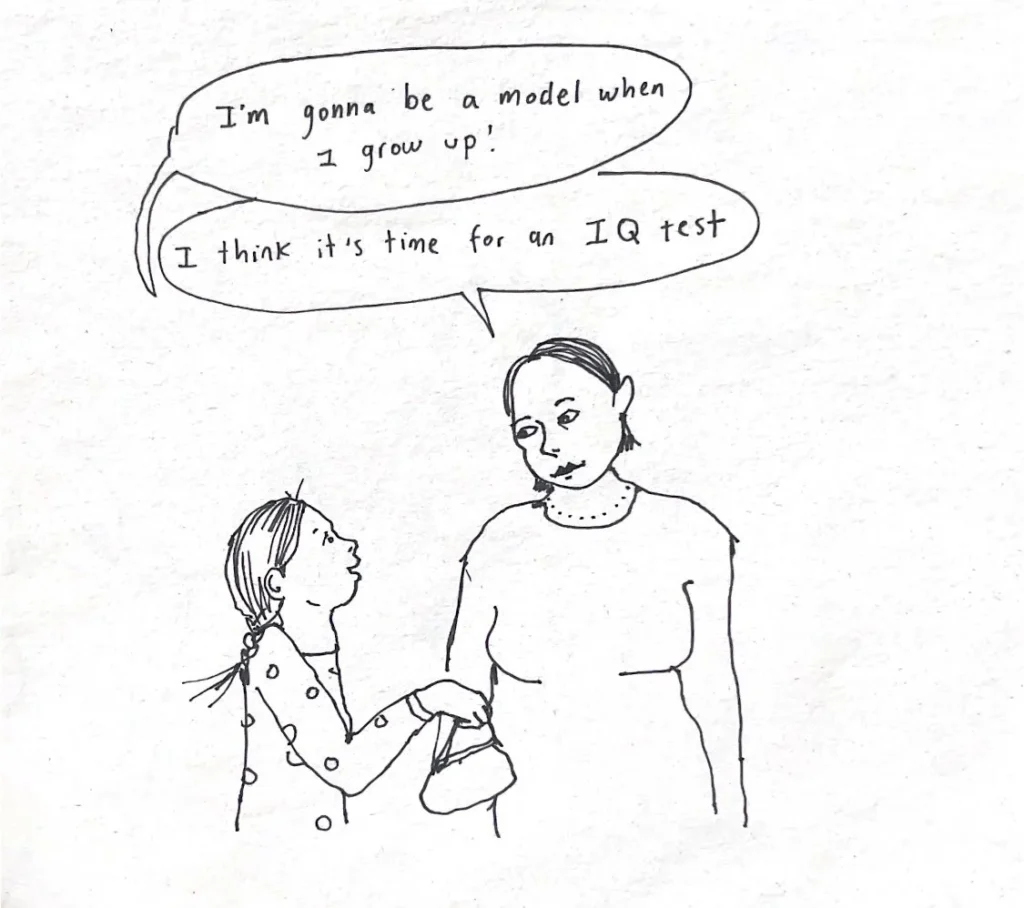
What makes her story resonate is how naturally it unfolds. She doesn’t talk about art as a deliberate career path or a calculated pursuit. She talks about it as something that has always been there, an instinct that grew alongside her, still guiding her today. “I just always knew I had to make things,” she says. “It’s how I make sense of myself. It’s how I feel like I’m here.”
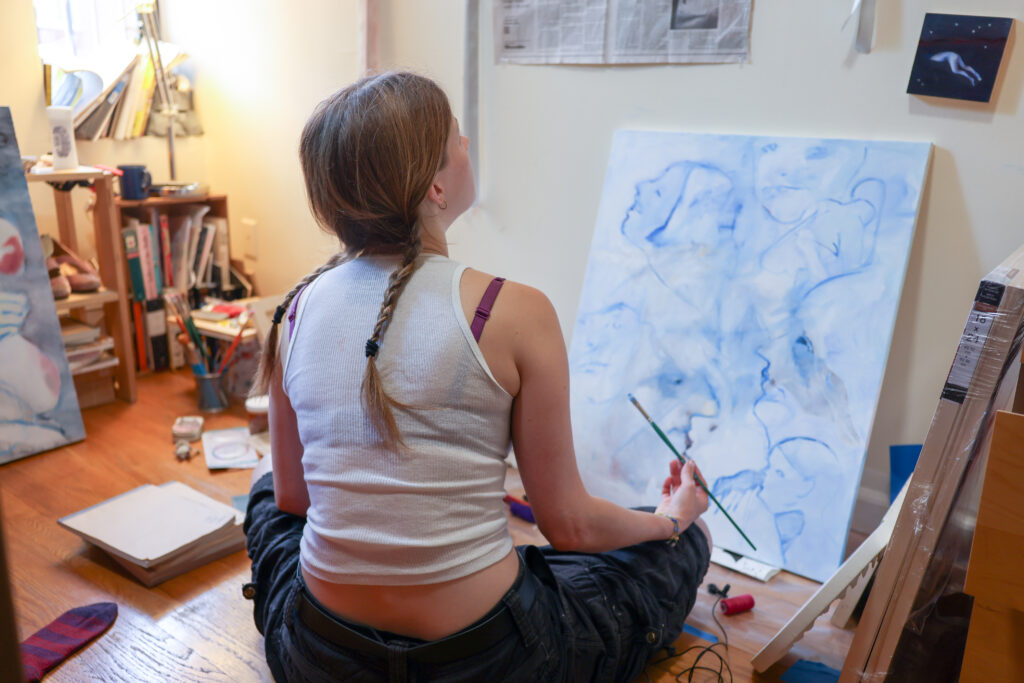
In her studio now, Josie continues to explore memory, identity, and humor with the same instinctive drive that started in childhood. She paints because she has to, because it grounds her, it connects her both to her younger self and to the people who encounter her work today. Just as drawing once gave a shy kid a way to speak without words, her paintings now give voice to experiences that many carry but few articulate.
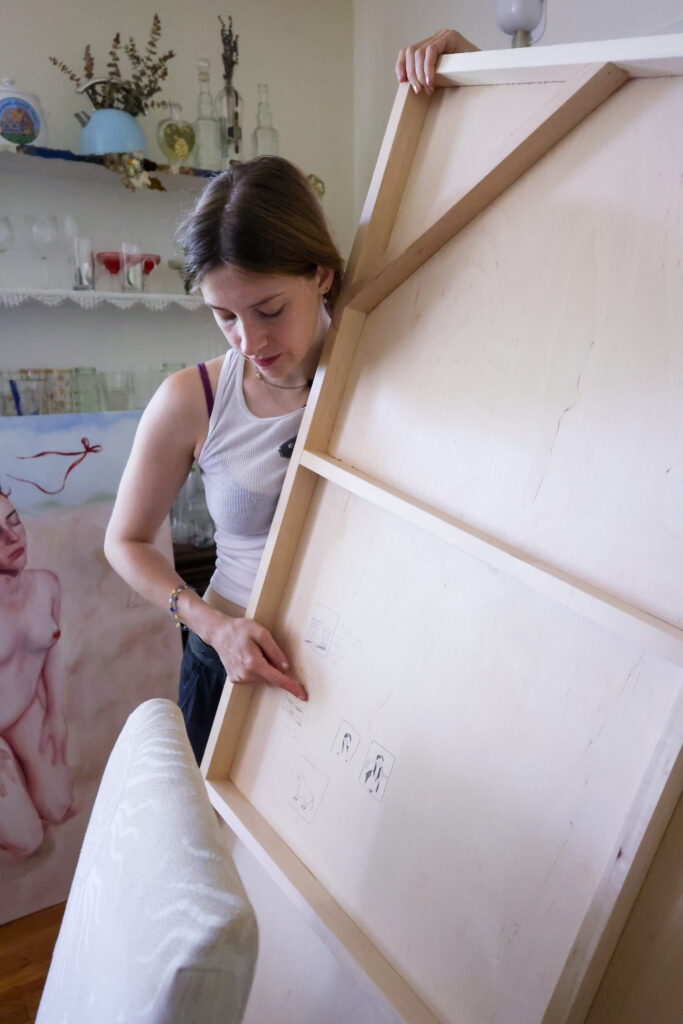
Through that work, Josie has built something larger than self-expression. She’s created a body of art that acknowledges how awkward, messy, and strange life can be, and instead of turning away from it, she embraces it. For anyone who has ever felt unseen, or out of place, her paintings act as a reminder that those feelings are worth holding onto. Not because they define us, but because they shape the way we see.
